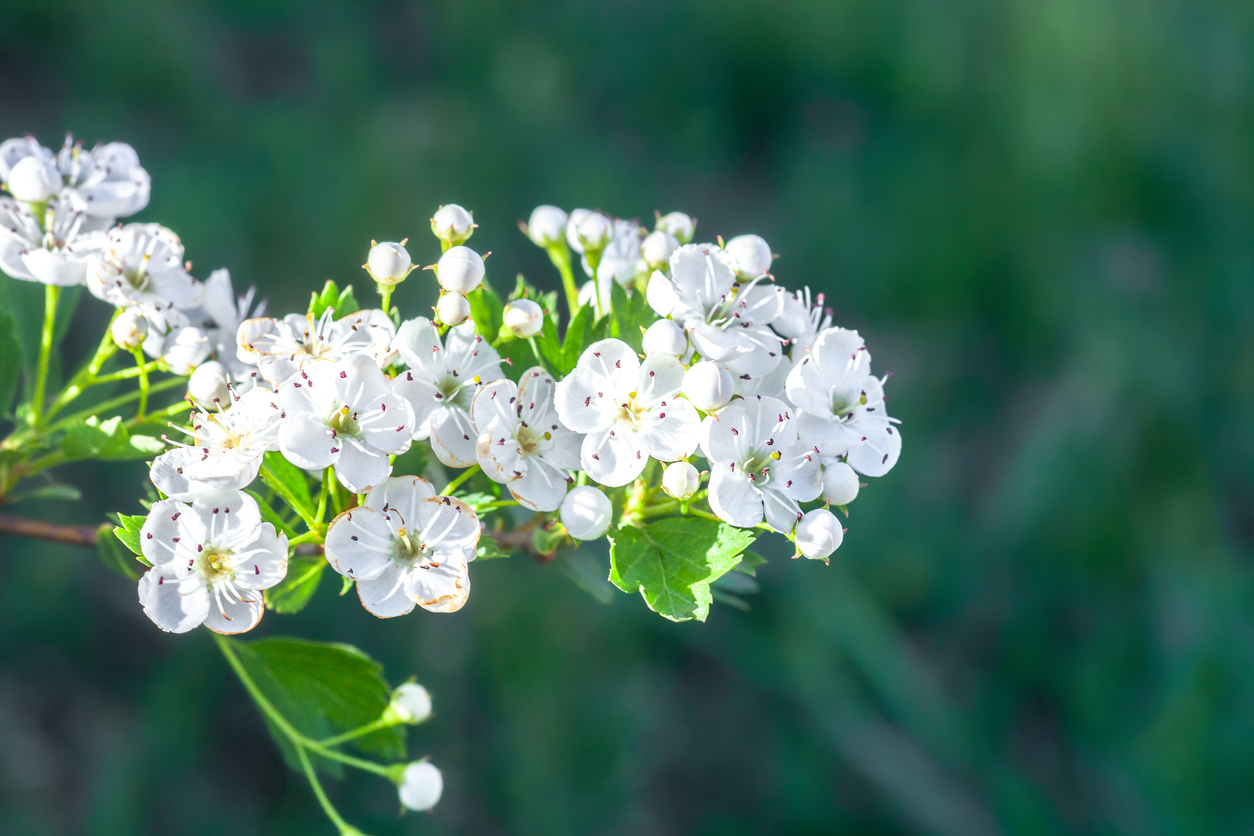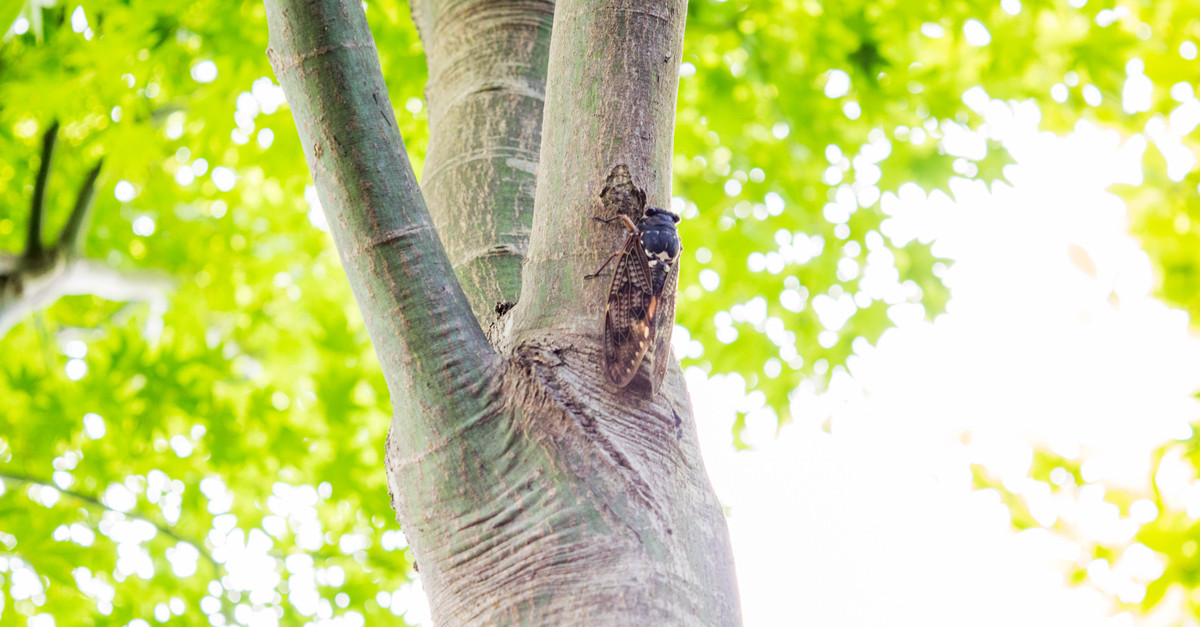Flowering Trees to Plant and Enjoy Next Spring
Was it just us? Or did it seem like an unusually beautiful spring this year? Perhaps it’s simply because so many of us were finally able to emerge from a winter of seclusion and social distancing, but we noticed exceptionally gorgeous weather — and blossoms — all around.
So as the pollen clears and the petals drop away to be replaced by the lush green of summer, what can you do to hang on to the beauty, and give yourself something to look forward to next year?
We’re here to provide some suggestions that will bring some pleasure next spring — and all year round.
Forsythia
The bright flowers of forsythia serve as little yellow flags signaling the oncoming of winter’s end, as forsythia is often among the first to bloom. They are also tough, reliable plants that can withstand several types of soil. While the Old Farmer’s Almanac suggests planting in the fall, getting them in the ground now will give buds and roots a chance to develop during the summer before the plant goes dormant in the cooler months. Be sure to plan ahead and leave plenty of room, however, as forsythia can grow as large as twelve feet high and ten feet wide, at a rate of as much as 24 inches in a year!
Flowering Dogwood
Possibly one of the most commonly enjoyed flowering trees of the South, well-cared-for dogwoods can provide a canopy of beautiful blossoms. According to the University of Georgia Extension, flowering dogwoods are adaptable to several types of soils, though in the wild they flourish in moist, fertile ground that is high in organic matter. Be sure to place them in a well-drained area, and protect them from drought, but you can plant with confidence from now until the early fall.
Bridal Wreath Spirea
For another plant that will provide a shower of white blossoms invoking the beauty and delight of a blushing bride, try the Bridal Wreath Spirea. Plant experts at The Spruce assert this is another adaptable plant well suited for Georgia’s plant hardiness zone (6a – 9a), and is easy to grow in average soil with full sun. Planting now in the early growing season will allow the root system to become well established before winter.
Common Hawthorn
Perhaps a somewhat uncommon suggestion, the Common Hawthorn is a lesser-known tree that you won’t want to overlook. Resistant to other diseases that may affect other hawthorn types, The Old Farmer’s Almanac recommends this tree for its multi-seasonal beauty in spring, summer and fall. It also comes with some interesting folklore behind it — and may even attract fairies for those of you who believe!
Though the southern region is famous for other flowering trees (such as the redbud, crepe myrtle, and saucer magnolia), fall may be a better time for planting those before winter dormancy. Read here for more planting advice from us.
Regardless of whether you’re establishing new trees, or tending to those you’ve had for years, we care about your tree health. For pruning and trimming service, or just a general assessment, reach out to us online or give us a call at 404.252.6448.










